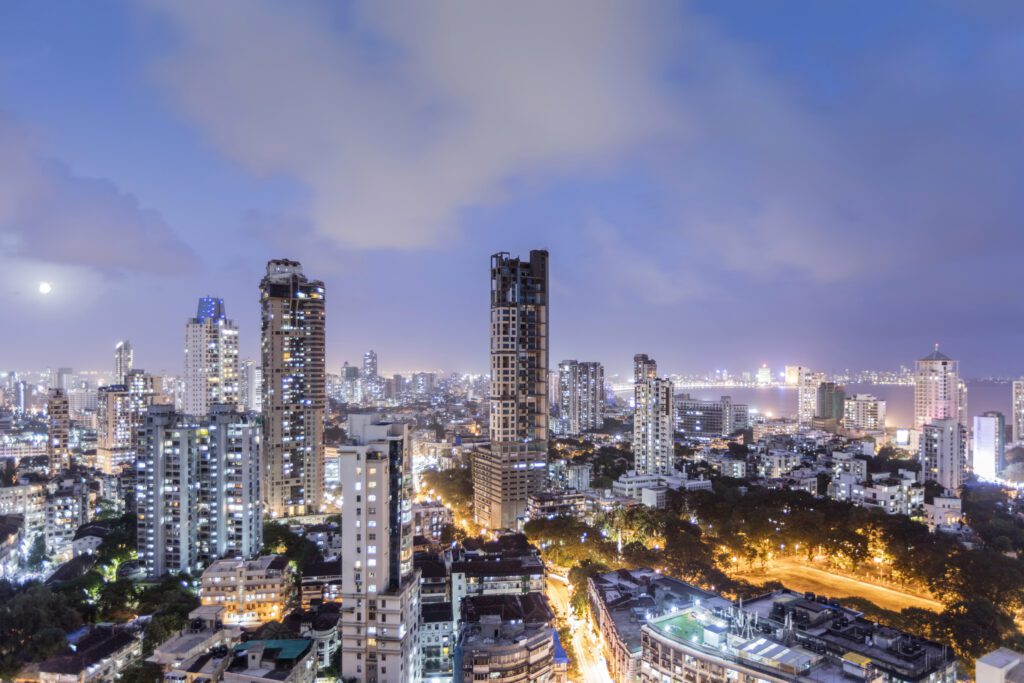The history of our energy system reveals powerful mechanics. Energy transitions are influenced not only by changes in energy supply but also by changes in demand. New energy sources will not drive change independently but by what we do with them. Energy transitions overlap and take time to change. It takes 60-70 years to see significant evolutions in different parts of the system. The only realistic path to net zero emissions by 2050 is one based on human progress. An example worth exploring is India’s decarbonization pathway. The country’s current state presents a unique possibility for growth regarding sustainability that differs from many other modern countries.

Decarbonization pathways for India’s Net Zero target
India faces a significant opportunity to build a thriving, resilient, decarbonized, and sustainable economy. The Government of India’s baseline scenario targets energy independence by 2047 and Net Zero emissions by 2070. In 2047 Net Zero, the feasibility of reaching both goals by mid-century is explored. This includes an accelerated scenario focusing on innovations on the consumer side to reach net zero by 2047.
An energy system is indeed more than a system of energy stocks and flows. A complex stratification of a variety of energy services (or uses, or practices). This will affect a multitude of socio-technical systems and depend on a variety of environmental, economic, technological, institutional, and cultural patterns. These services are not necessarily directly related to energy. They are the product of what we do with energy. The machines and appliances we run, the boilers or furnaces we use for heating, the vehicles we drive, etc. Some of these energy services, while existing today, may be considerably improved (and transformed) by modern technologies. They will also continue to evolve as technology develops.
How to decarbonize India: Massive potential for accelerated development
India has witnessed considerable economic development for the last 20 years. It is en route to becoming one of the dominant economies of the 21st century. The growth potential is mind-blowing. If all economic indicators were to match current European levels, the economy would be six times larger. The production of steel would be four times bigger, the residential stock four times more important. The kilometers traveled per car (and likely the number of vehicles) would also be 10 times longer.
Such evolutions will define the future of the energy infrastructure in India. Yet, a key topic for the country is its over-reliance on archaic forms of energy like coal and traditional biomass. While coal dominates power generation and industry, traditional biomass remains a significant share of demand in the building arena, notably in rural residential. While the transition toward modern energy has started in buildings, this is yet to be the case in industry. However, it’s important to understand the future of India’s energy system is yet largely to be written, given the major build-out plan.
The transition will not be about replacing the existing system like-for-like but building a new one. Modern solutions will solve modern issues.
Decarbonization pathways and new energy services
Energy systems are bound to evolve from developing new or improved existing services. This is inevitable. Thus, fostering a transition away from the current energy “system” requires primarily action. Services can be used to transform the demand for energy toward a new form of supply. Such a critical topic when considering the modern imperative to mitigate decarbonization rapidly.
Two transformations will contribute to evolving existing energy services toward new forms of similar services or toward new services not invented yet. The first one stems from technological development or innovation. The beginning of the 21st century is arguably one of the most dynamic eras of technological innovation. It can be compared to the mid-to-late 1800s industrial revolutions, such as steel manufacturing. Modern technology innovation now builds on three fundamental areas of research: digital technologies, nano- and biotechnologies, and new energy technologies. These developments depend heavily on each other. Nano and biotechnology would have been impossible without digital innovations. They have a lot in common, being infinitely scalable, highly distributed, and, more importantly, coming with increasing rates of return.
The second key transformation is the natural generational shift in the making. The population growth in India from 2000 to 2050 will represent a 20% increase in the global population by then. In other words, the generation in charge by 2050 will primarily be of Indian origin. As these generations come to responsibility, they will influence and transform global and regional policymaking and the foundations of our socio-economic landscapes. Combining innovation and different generational appetites will lead to transformations in energy services and, hopefully, tools to continue to decarbonize India.
The latest report: “Path to developed and decarbonized India” conducted by Schneider Electric Sustainability Research Institute established twelve transformations of energy services to achieve a decarbonized India by 2070.
These can be focused on buildings, mobility, and industry:
- Digitalization of our living environments
- Disruption in the construction industry could lead to reduced costs of housing
- Construction materials supply such as steel, cement, bricks, glass, plastics, etc.
- The rise of distributed generation (and storage)
- Further electrification (notably for space conditioning, but also cooking).
- Electrification of mobility (EV)
- Transport as a service
- Autonomous vehicles
- Potential to continue improving the efficiency of their operations
- Electrification of industrial processes
- More distributed manufacturing settings
- Circularity
A modern, resilient, and decarbonized India
Two significant effects in India directly impact the fundamental pillars: economic, social, and energy indicators. The first is that adopting cutting-edge technologies in industrial and infrastructure development in India allows us to achieve optimized energy intensity levels that are frequently twice as low as those in Europe. Electrification, mainly distributed generation, is critical in this regard.
The second is adopting modern forms of consumption, enabled by modern technologies, which could help decarbonize India. The economy could also transform from the current paradigm in mature economies, limiting the subsequent rise in energy demand.
Welcome on board and join us on the new decarbonization pathway for India!
Learn more about homes of the future from Schneider Electric.



